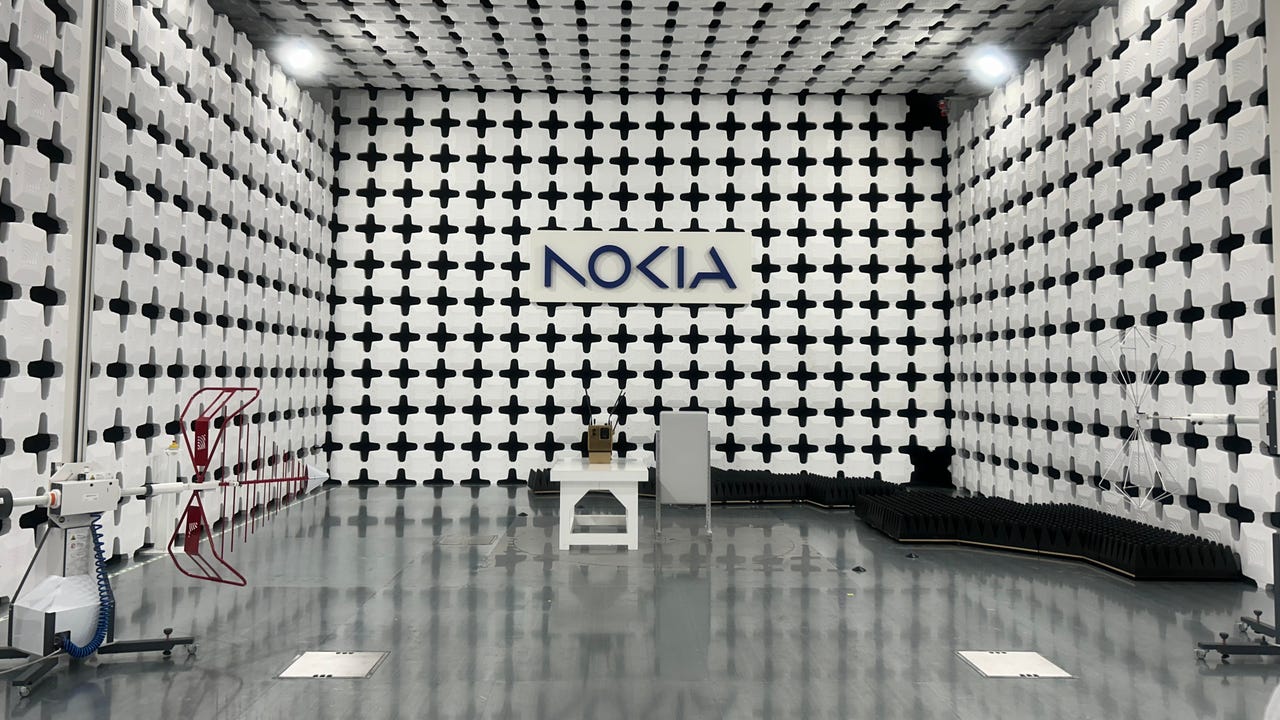Nokia Buys Juniper’s RIC Unit as Open RAN Faces Industry Challenges
Nokia buys Juniper’s RIC (Radio Access Network Intelligent Controller) and SMO (Service Management and Orchestration) business, marking a significant move in the telecom industry and reshaping the open RAN landscape. The acquisition, which was quietly revealed through industry updates rather than formal announcements, is seen as a strategic step for Nokia to strengthen its position in a market that has struggled with growth and uncertainty.

The deal ends months of speculation about the future of Juniper’s RIC technology, which had previously appeared in trials with Deutsche Telekom and Vodafone but had remained out of the spotlight amid Juniper’s merger with HPE. With Nokia acquiring both the technology and the team behind it, the number of RIC platforms available to operators is now further reduced. This follows Broadcom’s decision to discontinue VMware’s RIC business, leaving Nokia and Ericsson as the main players in the space.
Nokia Buys key technology talent to boost AI-driven network automation
Industry experts believe that this move is less about acquiring software and more about bringing in skilled talent. Nokia’s focus has been on expanding its own SMO platform, MantaRay, known for its advanced AI capabilities and high level of network automation. The platform’s “Autopilot” version is already capable of handling millions of network configurations without human intervention. This level of automation has impressed even operators traditionally aligned with Ericsson, with some using Nokia’s platform to manage rival equipment.
The acquisition aligns with Nokia’s strategy to enhance its open RAN offerings. As the global RAN market has declined dropping from $45 billion in 2022 to $35 billion in 2024 the company is betting on AI-driven automation and open interfaces to stay competitive. Analysts suggest that Juniper’s team will help Nokia further align its technology with evolving open RAN standards and expand its portfolio of third-party network applications.
HPE’s decision to sell Juniper’s RIC assets also reflects a broader industry trend. Like Broadcom, which shut down VMware’s RIC business citing limited revenue potential, HPE appears to have concluded that the open RAN market is too uncertain to justify continued investment. The sale to Nokia may have been for a relatively small amount, but it consolidates expertise within one of the few major players still committed to the space. Also Read: Harshil Tomar’s Inspiring Journey From Being Fired to Building a $50K Startup Dream
Nokia Buys RIC assets amid shrinking competition and declining RAN market
The open RAN ecosystem has faced multiple setbacks over the past year. Key players such as Mavenir have withdrawn from hardware manufacturing, and major projects like Echostar’s open RAN deployment in the US have been halted. Vodafone and Three in the UK have also chosen to move forward with traditional vendors, awarding major 5G contracts to Nokia and Ericsson instead of pursuing further open RAN trials with Samsung.

The RIC’s appeal lies in its ability to enable network operators to integrate third-party applications with base stations from different vendors. These applications, known as rApps (non-real-time) and xApps (near-real-time), can perform tasks like optimizing traffic or reducing energy consumption. However, progress has been uneven. While rApps are gaining traction, xApps have yet to make a significant impact, partly due to the complexity of integrating them with existing infrastructure.
Nokia’s current focus remains on enhancing rApps, which are seen as a natural evolution of its existing automation tools. The company has been more open to experimentation with xApps than Ericsson, but industry experts believe their widespread adoption remains a long-term goal rather than an immediate priority.
Conclusion:
Nokia buys Juniper’s RIC business at a pivotal time for the telecom industry. With fewer players and growing pressure on the open RAN ecosystem, this move positions Nokia as a stronger force in network automation and intelligent control. The acquisition reflects a broader shift toward consolidation, advanced AI integration, and strategic talent acquisition all crucial elements for the next phase of telecom innovation.

